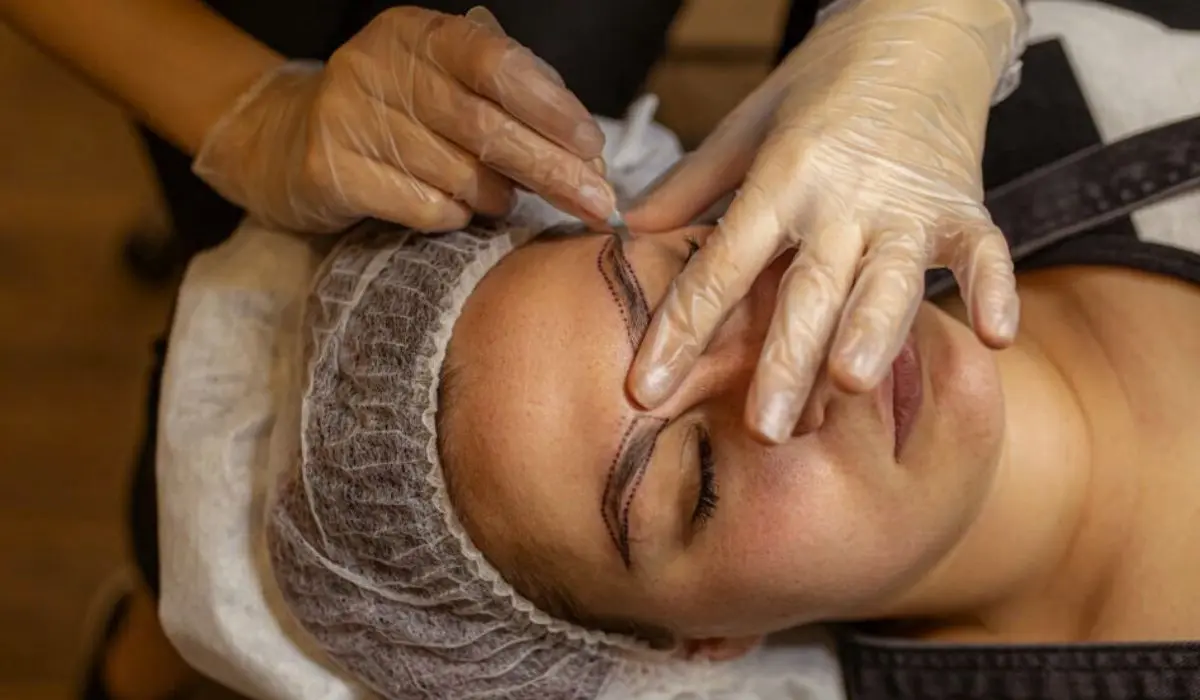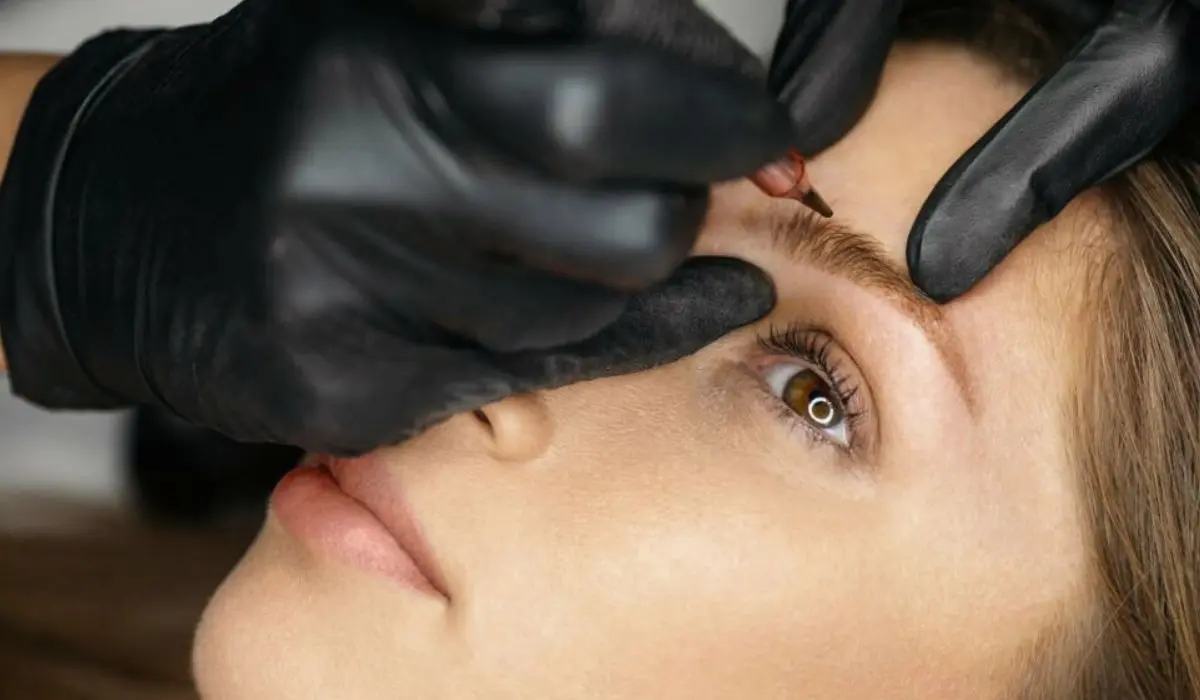Are you desperately looking for a break from filling in your eyebrows? It’s high time to try microblading as it is the perfect solution for those with thin, sparse brows. Let’s delve deep into microblading, how it works, and what to expect.
What Is Microblading?
Microblading, in simple terms, is a semi-permanent form of cosmetic tattooing that fills in your eyebrows. It helps in making your eyebrows look fuller and thicker. Microblading is also known by the names 3-D eyebrow embroidery, microstroking, and semi-permanent makeup.

How Does It Work?
In the case of traditional tattooing, a tattoo gun is used. However, when it comes to microblading, a blade-shaped tool with a row of tiny, hardly visible needles is used.
It works in such a way that hair-like strokes are created along your brows and a pigment is deposited into your skin. Once the process is over, you benefit from realistic-looking brow hairs. One more advantage is that it doesn’t wash off for a year or more.
What To Expect?
Let’s check out how your eyebrows will appear from day 1 to day 30 once you undergo microblading.
✔ Days 1 to 3
On day 1, your eyebrows will appear very bold and full. Though you may feel that the brows are extremely dark in colour, there is nothing to worry about as the colour will eventually fade. During these days, you may experience redness, tenderness, mild bleeding, mild swelling, and the sensation of feeling cut or bruised. However, within a couple of days, these side effects should ideally subside.
✔ Days 3 to 5
Once the pain and tenderness completely go off, your brows will darken and thicken. However, they will continue to appear very bold. By day 5, you will notice that your brows have begun to scab. They will also turn out to be flaky and extremely itchy. This is normal and is an indication that your skin is healing.
✔ Days 5 to 8
The scabbing, flaking and peeling will be more in these days. Though you may feel like picking the scabs, never do that as it may cause to reopen the wounds and disrupt the healing process. It may also lead to the removal of some pigment that may end up in patchy brows. Instead of that wait for the scabs to flake off naturally. Once your brows continue to flake, the dark colour will pale. However, that colour will come back later.
✔ Days 8 to 12
During these days, the flaking will gradually stop. The other change will be the return of the colour.
✔ Days 12 to 21
Now you will notice that the colour of your brows appears more even and natural. Moreover, the individual brow hairs will look more defined and you will have feathery eyebrows.
✔ Days 21 to 30
After a month, your skin will be completely healed. However, you will not experience any pain or discomfort. The eyebrows will also appear to be soft and full.
Read More:- 9 Homemade Face Scrubs To Remove Blackheads – Discover The Remedies!
Aftercare For Microblading
- For good results, make sure that you do not sweat heavily, get your eyebrows wet or be exposed to the sun for seven days after you undergo the process of microblading.
- Also, stay away from workouts for some days. However, if you are a professional athlete and working out is inevitable for you, it is recommended to cover your brows with antibiotic ointment. This helps protect the pigment and keep the cuts clean and free of bacteria.
How Long Does Microblading Last?
Microblading lasts for a period of one to three years depending on the skin type of the person. In the case of those with oily skin types, it tends to fade fast. By the end of one year, you may notice some amount of fading, but it will not disappear completely. However, at the end of three years, it will be nearly untraceable.
As the pigment fades over time, you need to have a touch-up done every 12 to 18 months to maintain that look.
Conclusion
Hope you are super excited to try out microblading for your eyebrows. However, keep in mind the points discussed above to have a more defined and fuller brow.

